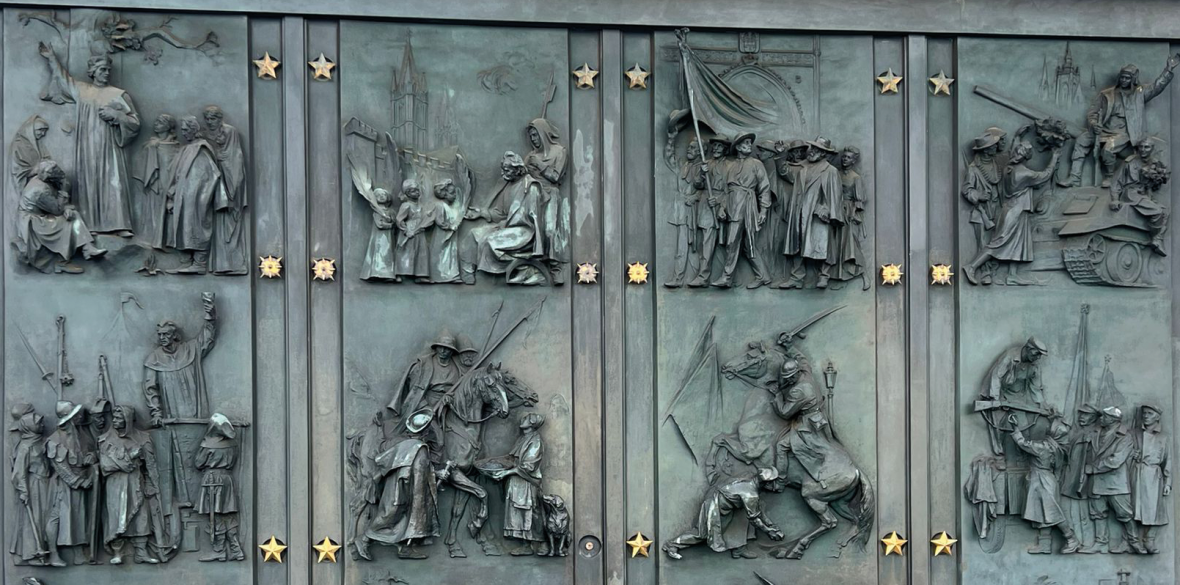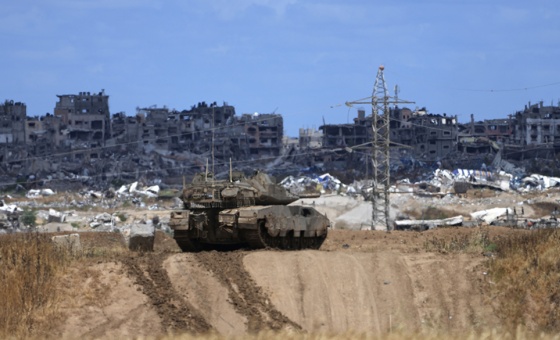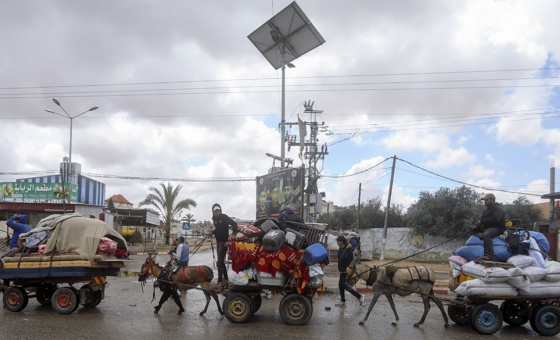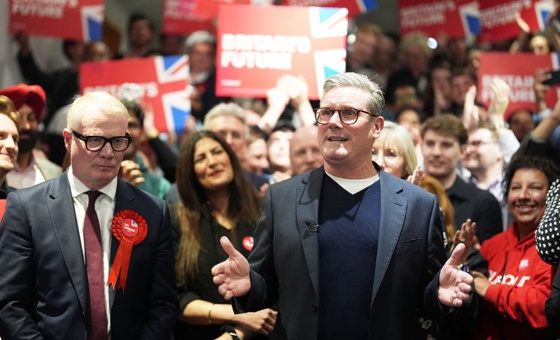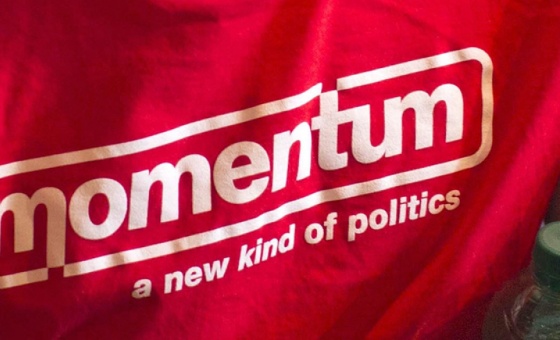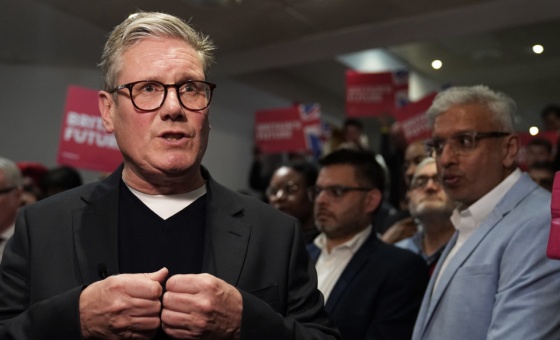This is the last article you can read this month
You can read more article this month
You can read more articles this month
Sorry your limit is up for this month
Reset on:
Please help support the Morning Star by subscribing here
WHEN is a museum not a museum? This is the question that the Czech National Museum poses in its new exhibition, Collections & Politics, exploring the themes and narratives that underpinned the presentation of the past under socialism.
After November 1989, those museums dedicated to the working-class movement and its leaders were closed, while the surviving institutions were overhauled and reconfigured in light of the seismic political, economic, and cultural shift to neoliberalism.
As a consequence, much was lost — destroyed, despised, or sold off to collectors — and what was left of the socialist past was shuttered away in basements and storage units, out of sight, and only brought to mind through “ironic” expositions that thoroughly de-contextualised and frequently mocked the artefacts.
Now, a generation on, the curators at the National Museum in Prague have brought together a carefully chosen selection of exhibits ranging from statues and artworks to instillations and dioramas once showcased in museums dedicated to Lenin (who spent time in the Czech capital in 1912); Julius Fucik, the writer and anti-fascist leader during the Nazi occupation; and Klement Gottwald, the first communist premier of Czechoslovakia.
Word is that these displays threatened to be all-too-popular — taken at face value and viewed with pride by the public, rather than with the playful disdain of post-modernity or the faux-outrage of the free-market elites — and that the museum authorities hastily scaled back their plans for the exhibition.
These monuments and testimonies of the recent past can be viewed — but only, it seems, if they are not allowed to speak to their own power and to the working people whose cause they once owned.
Consequently, the view is that museums should offer only “neutral” or objective presentations of the past and that the period of “actually existing socialism”, running from 1948-89, had both subverted and distorted the paradigm by placing class — and class struggle — at the centre of a revolutionary teleology. This pervasive idea, that knowledge is somehow value-free, is of course, as Gramsci would have pointed out to us, utterly fallacious.
Across town, the Kominsky Museum seems to prove the point. Though named after the pioneer of child-centred education, (Kominsky in Czech, Comenius in Latin), the museum seems to be somewhat embarrassed by his uncompromising adherence to the Czech nation and by his religious, and political, radicalism.
It requires some persistence to thread through the galleries enthusiastically dedicated to the pedagogies enforced by the Habsburgs and the Jesuit Order, in order to find the modest room dedicated to Kominsky himself.
Elsewhere, the explanatory panels verge upon the polemic, expounding the horseshoe theory, by which communism and fascism double back upon each other and are no more than different aspects of the same political movement, characterised by intolerance and violence.
Socialist Czechoslovakia was, according to these museum boards, a land of social degradation characterised by “the expropriation of property.”
Outside the weather has turned chill. The pavements are cold and there are living statues beside the Charles Bridge: beggars who prostrate themselves, lying still, arms thrust forward towards the tourist’s path holding little cups, often bearing the images of the Virgin Mary or saints, in the hopes of catching a coin or two.
These supplicants, Havel’s children according to the script, have in their poverty at least been spared from the “degradation” of socialism.
Above the city, light snows drift across the Vitkov Hill, where a Hussite, peasant army once defeated Crusader knights, and the enormous statue of their commander — Jan Zizka — still survives from socialist times.
Yet, today, the national memorial that looms above him is decidedly unloved, darkened, part derelict, and closed-off to visitors. Other statues have been toppled from their plinths but the gates to the ceremonial hall, though battered, retain their reliefs and figures forged in the 1950s depicting key moments in Czechoslovak history.
Hus and Zelivsky preach equality to the people from hillsides and farm carts; Zizka swings his mace, scattering an enemy army and sending the English Cardinal Beaufort running for cover, at the expense of the loss of his fine hat.
The Czechs rise against the Habsburgs in 1848; strikers rip up the cobbles to fight back against a cavalry charge during the depression of the 1930s; and the liberating tanks of 1945 are welcomed by partisans and civilians bearing garlands.
Entranced by the images of knights and soldiers, a little boy toddles over to investigate them and is taken with a scene of arms being distributed to women and men outside a factory’s gates.
His father takes pride in his curiosity and interest. “That one,” he points out, “is of the Victorious February.” It’s a phrase that has fallen from official and academic usage but it signals the triumph of the communist revolution in 1948 that prevented a cold war counter-coup and swept Gottwald and the organised working class to power.
At this moment, there is a very different historical memory: one where there is no place for knowing cynicism. It is an honest response to an honest question, fired by a historical artefact — and a thing of beauty — which speaks of ideas and of actions that are greater than the self.
It may be that, after all, there are some monuments more lasting than bronze, that endure in the hearts of those who have a care and a calling, and which exult in the power and dignity of working people to reset the conditions of the world.

